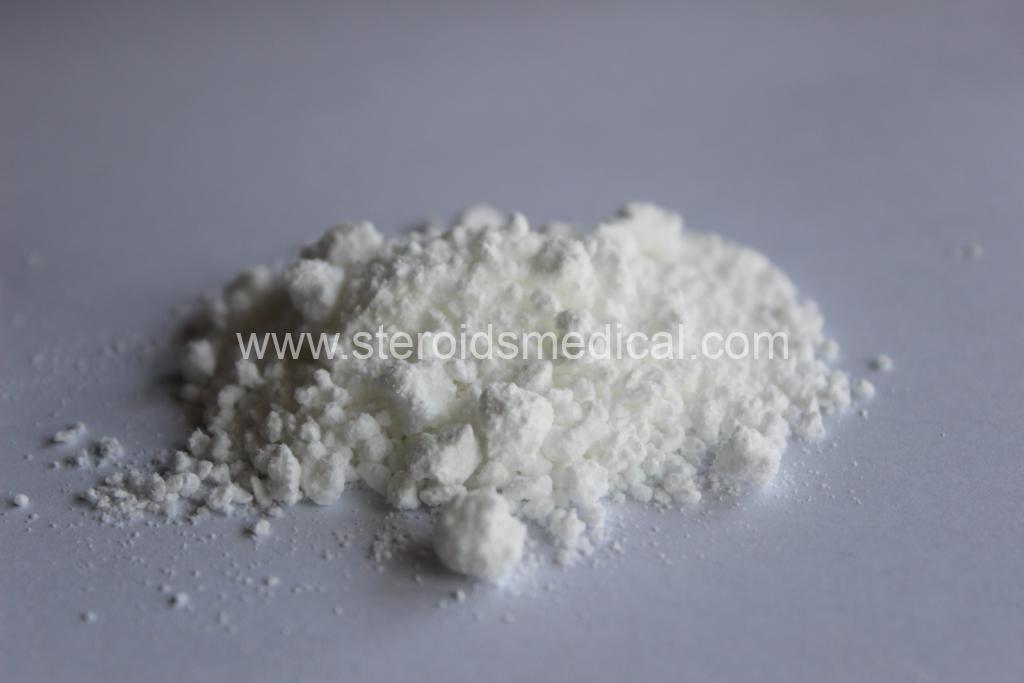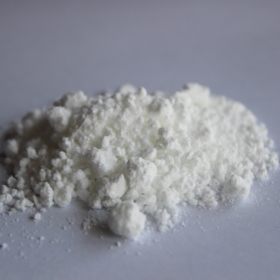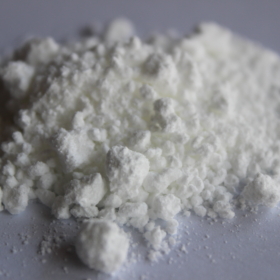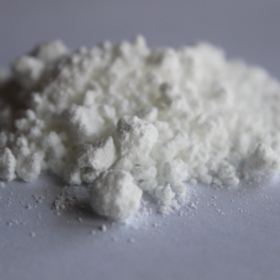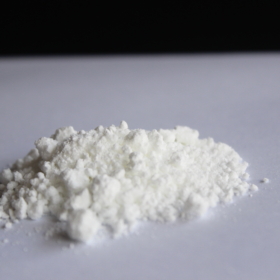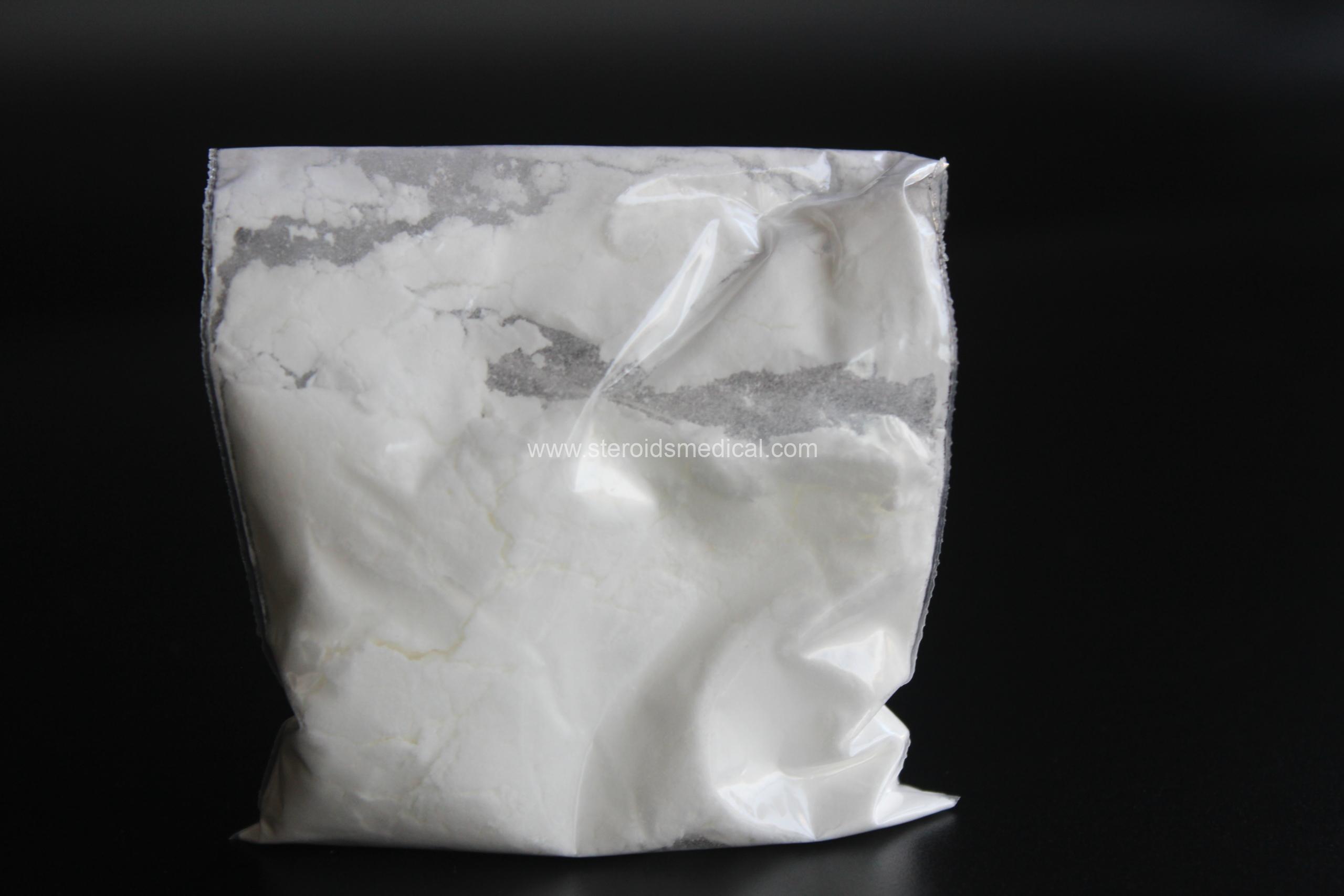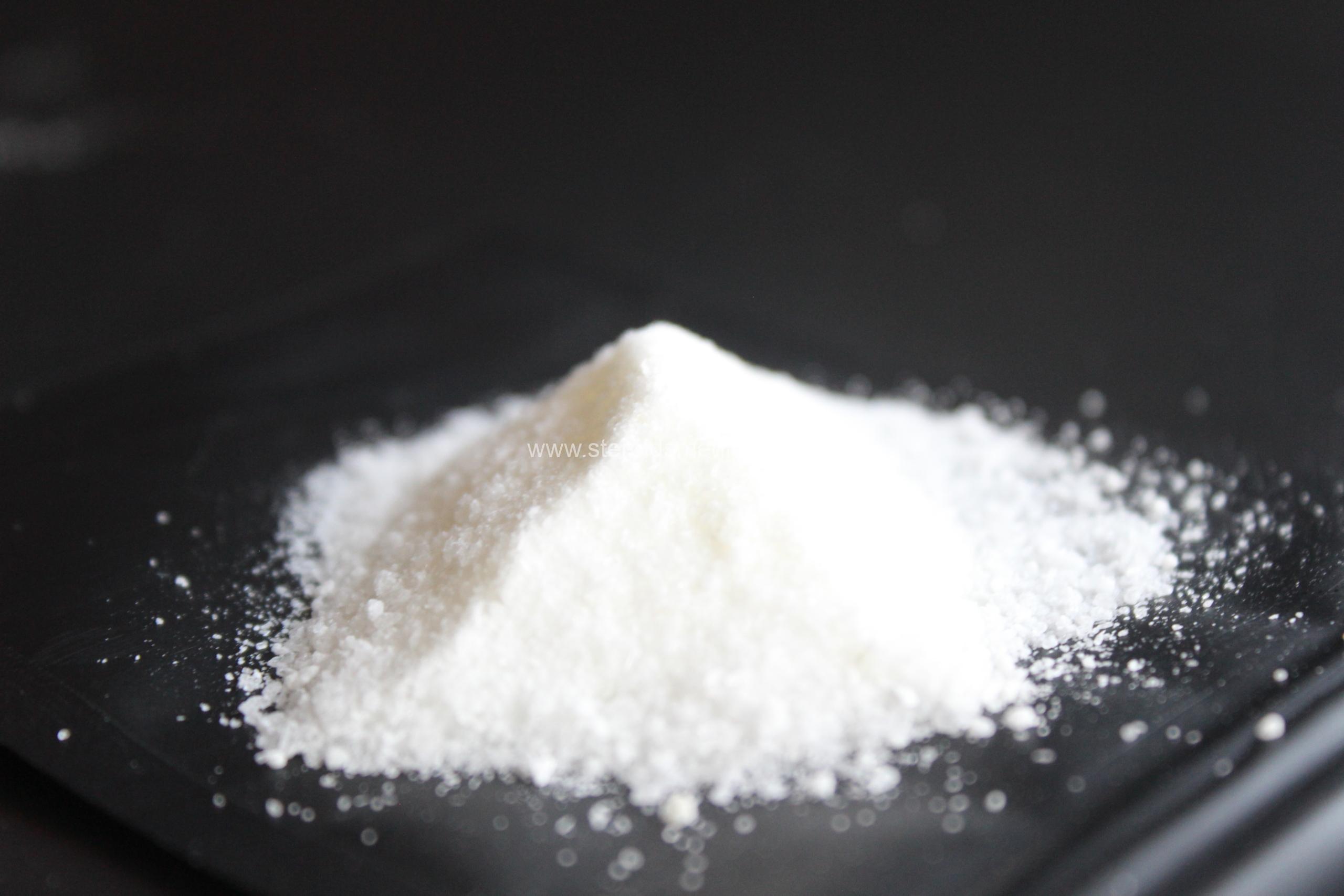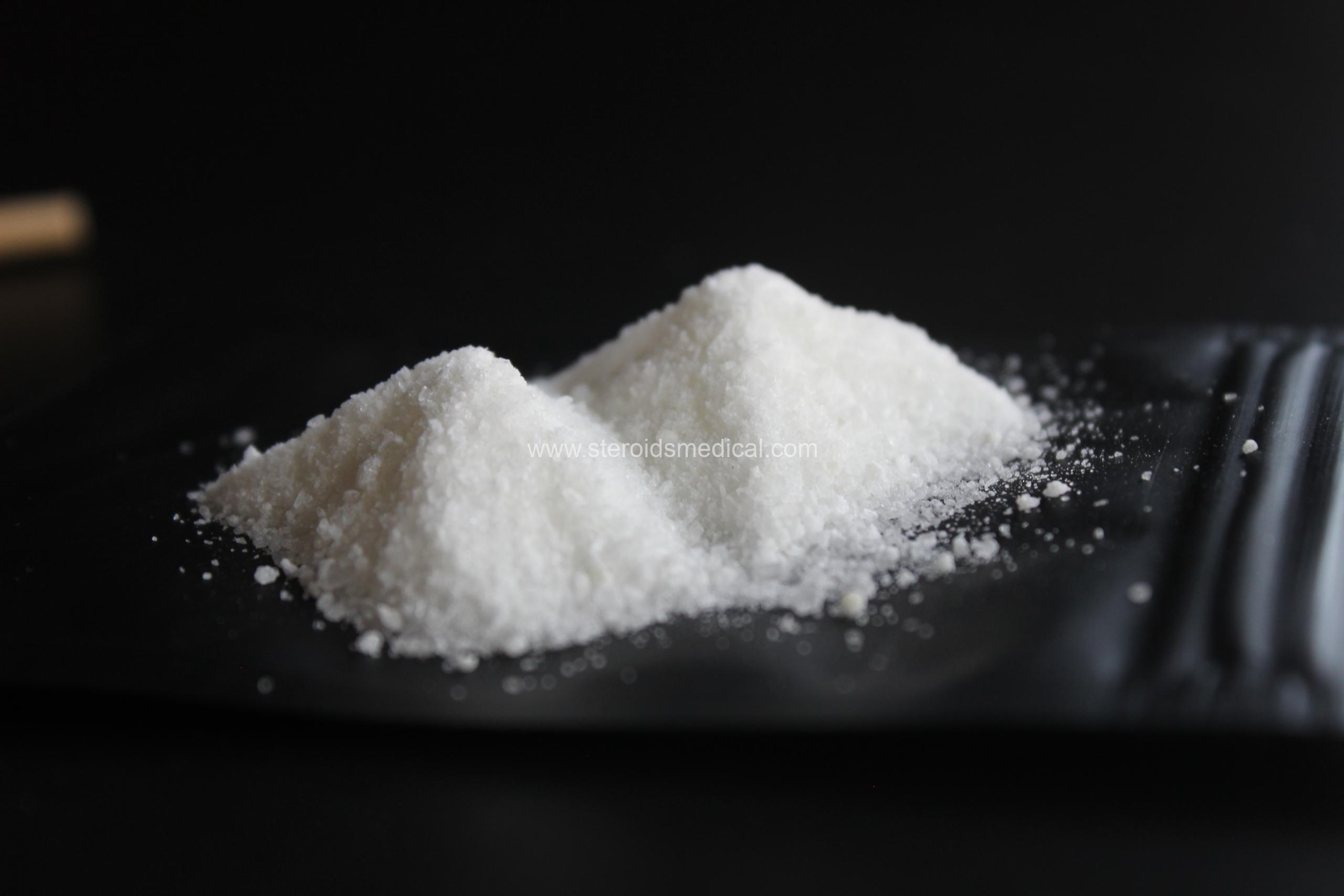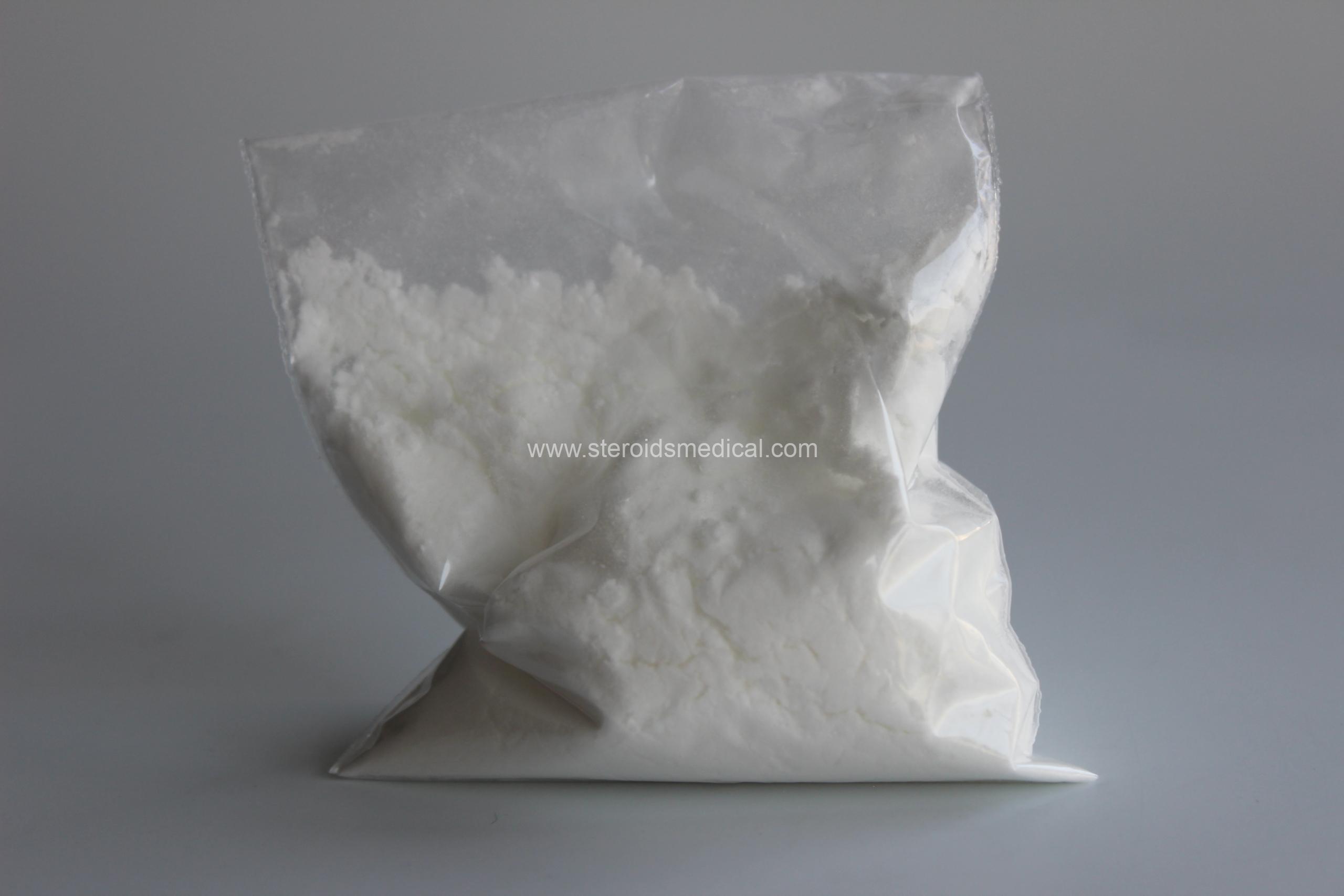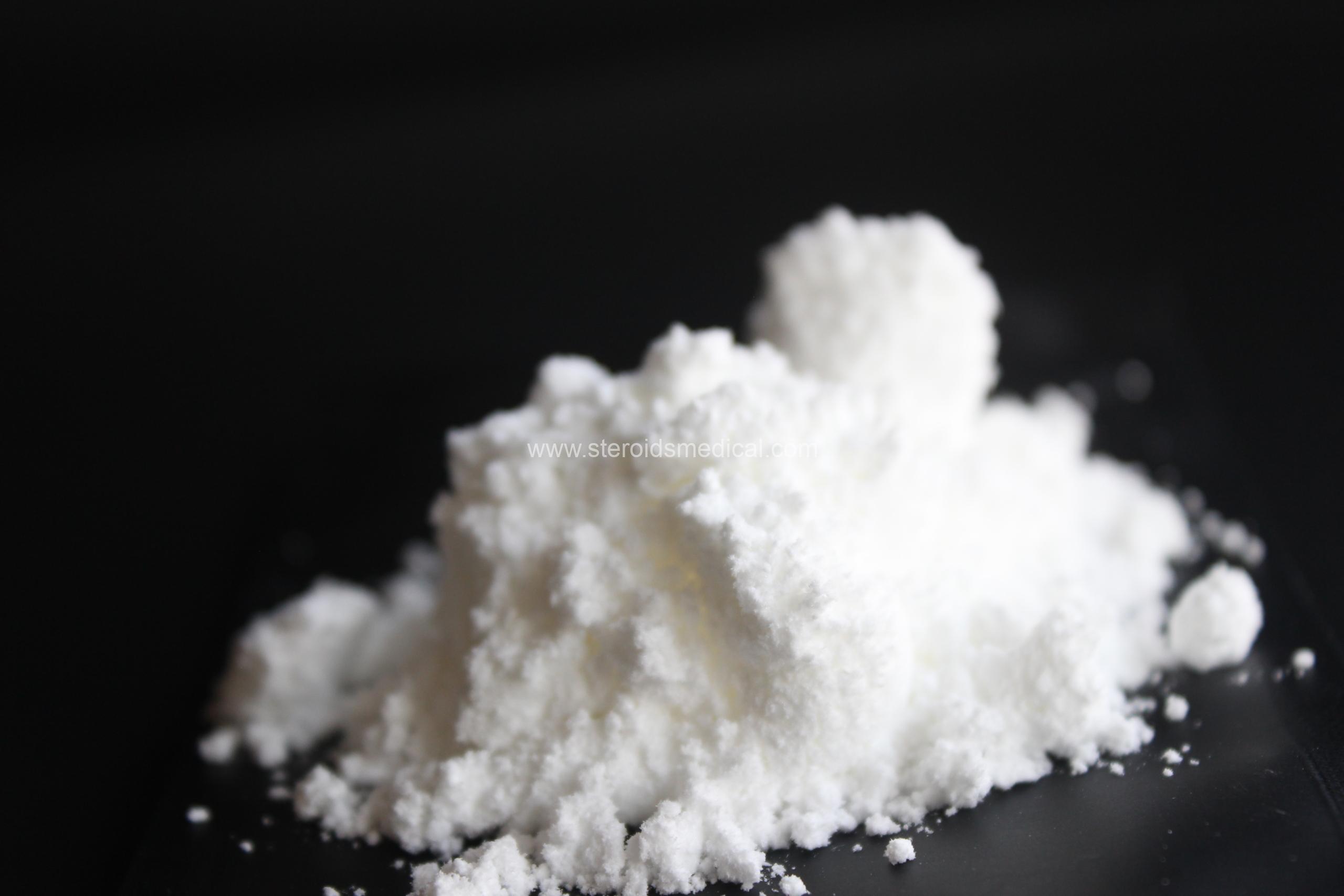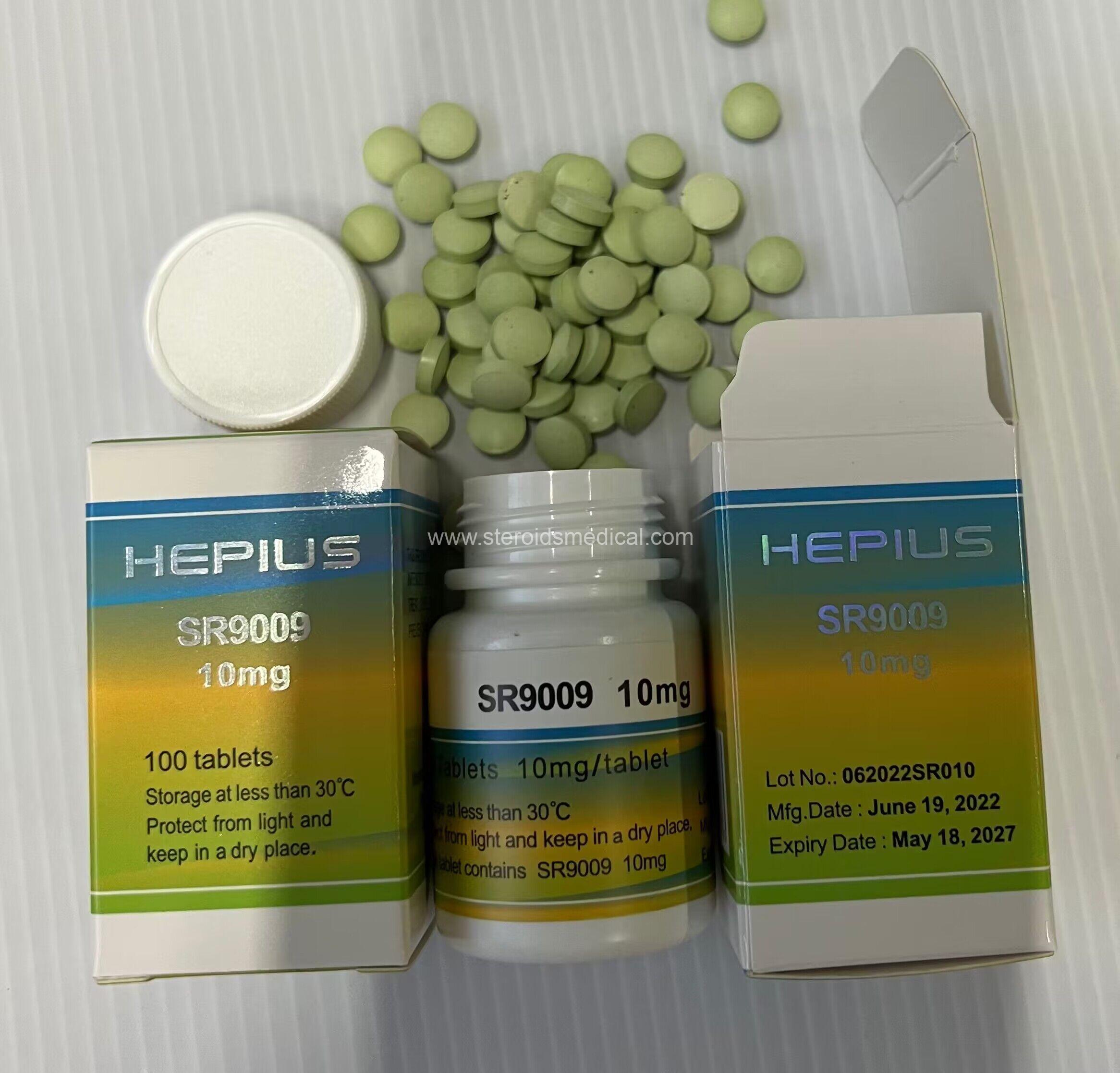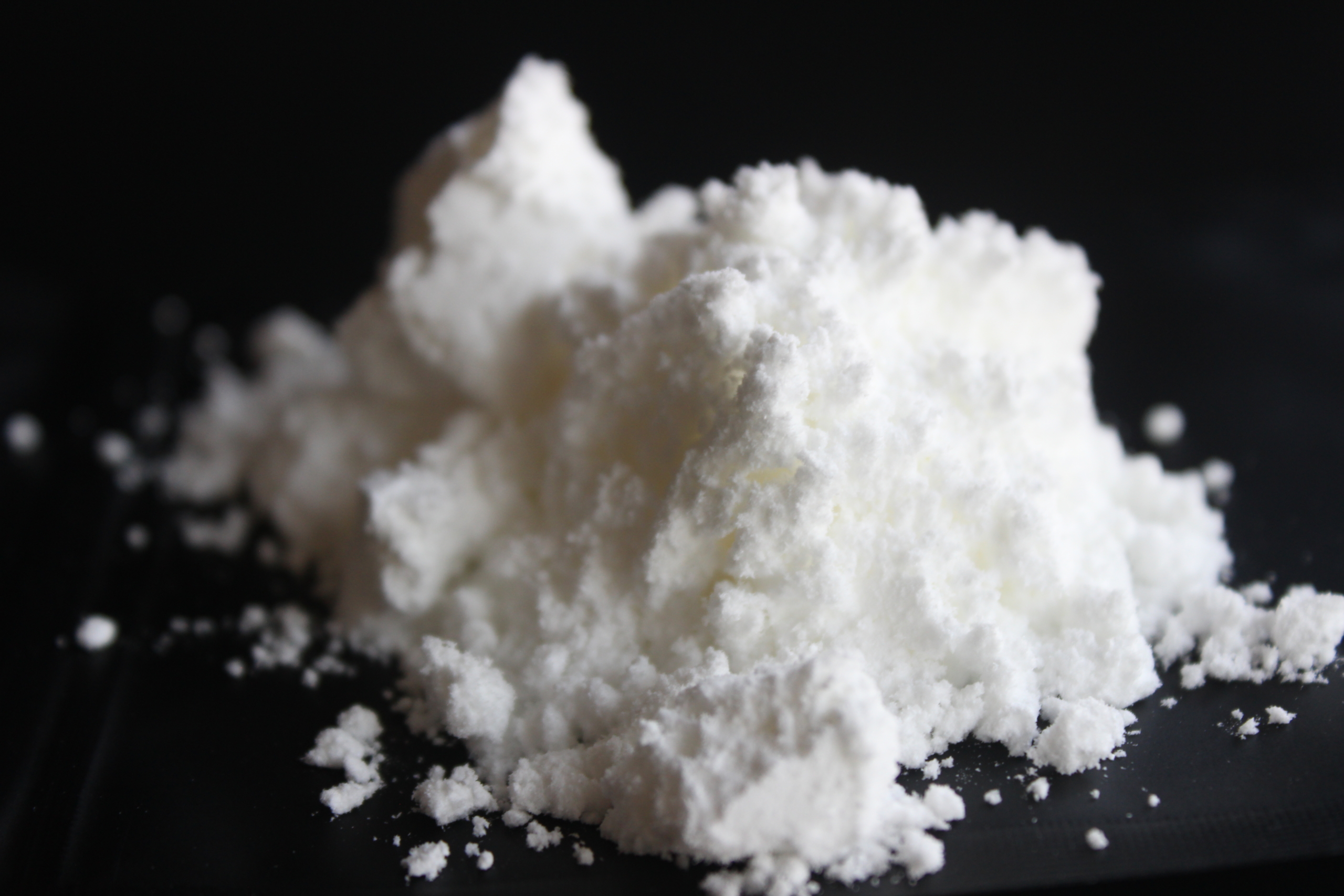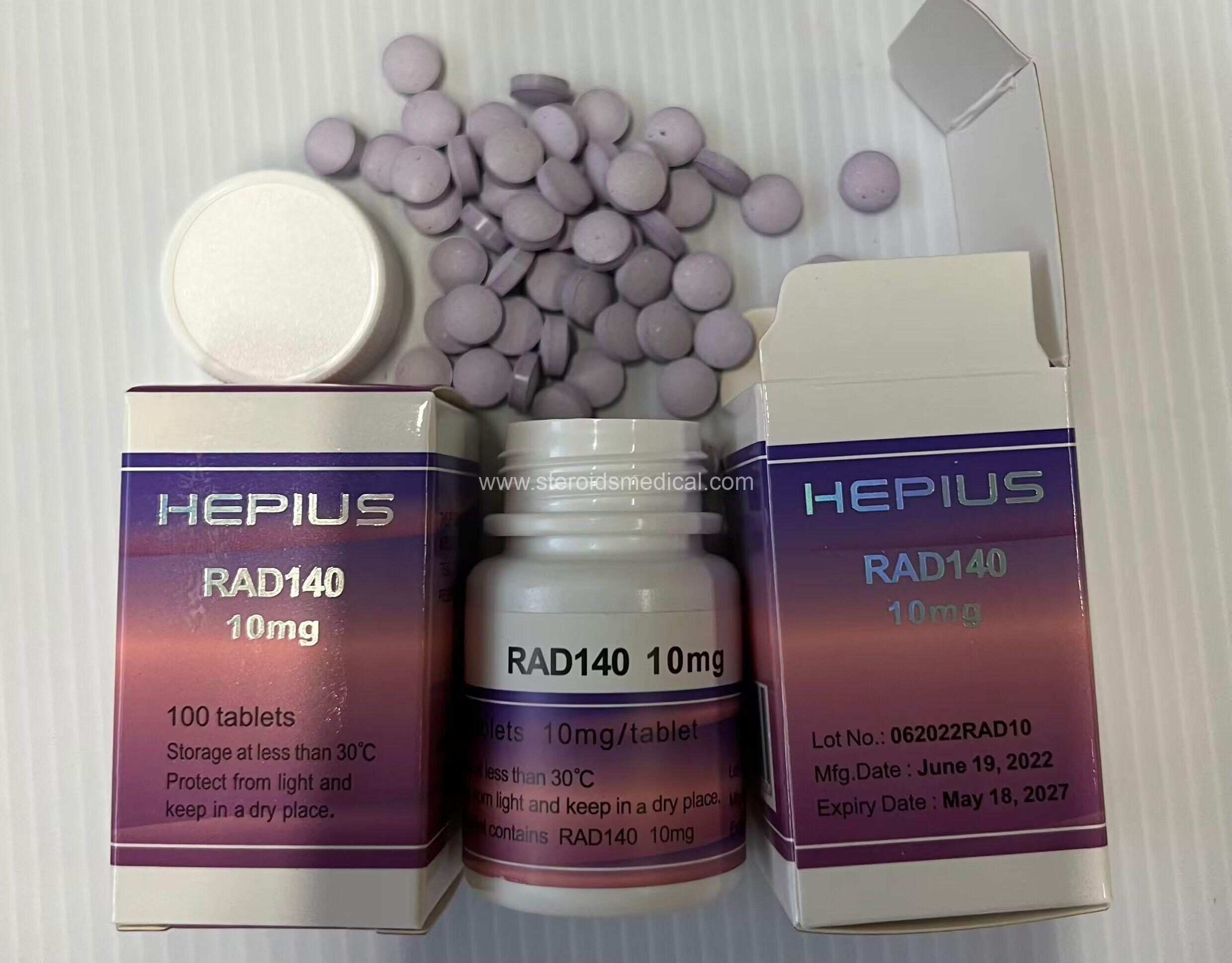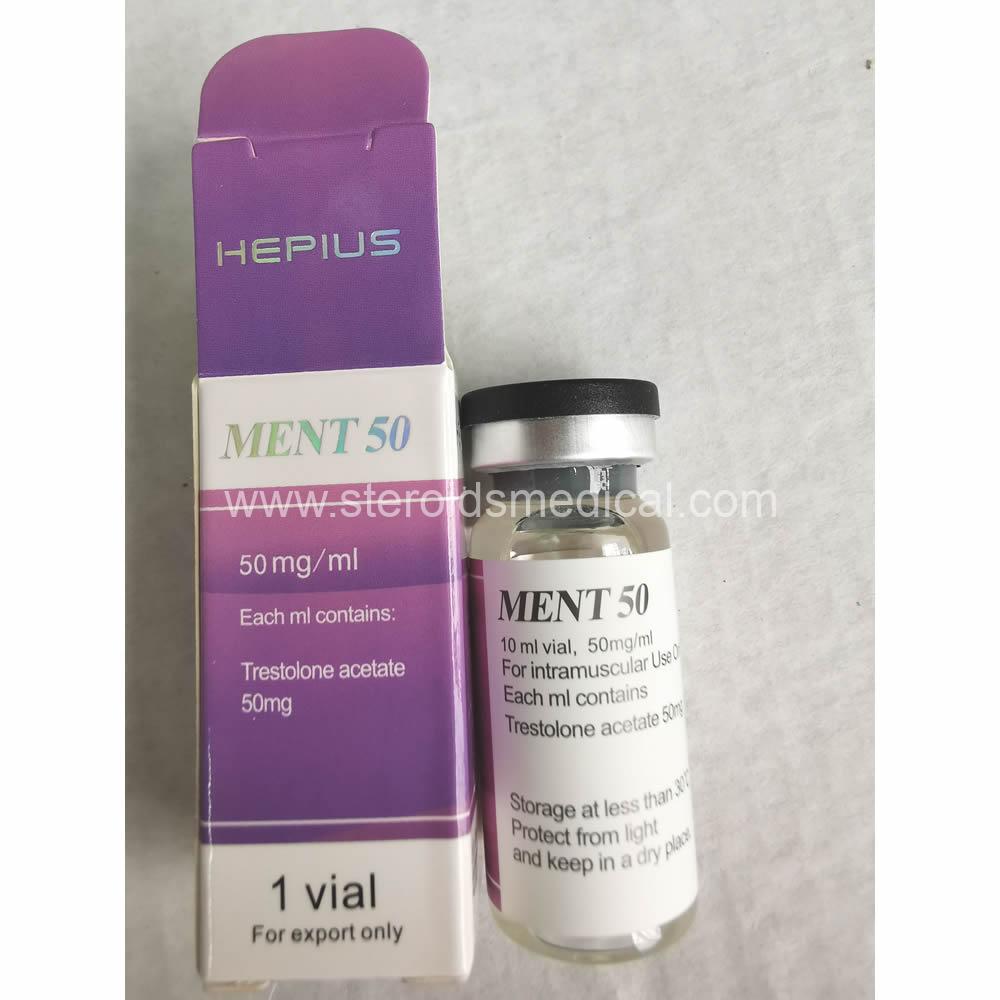Product introduction
17-Methyltestosterone, a synthetic derivative of testosterone, is an androgen and anabolic steroid (AAS) medication. It is mainly used in the treatment of low testosterone levels in men, delayed puberty in boys, at low doses as a component of menopausal hormone therapy for menopausal symptoms like hot flashes, osteoporosis, and low sexual desire in women, and to treat breast cancer in women (1-3). It appears as white or creamy white crystals or powder, which is soluble in various organic sol vents but is practically insoluble in water. It should be subject to oral administration.
It was synthesized shortly after the discovery of testosterone, being one of the first synthetic AAS drug. 17-Methyltestosterone, beyond its medical function, can also be used to improve physique and performance, although it is not as commonly used as other AAS for such purposes due to its androgenic effects, estrogenic effects, and risk of liver damage. The drug is a controlled substance in many countries and so non-medical use is generally illicit.
It has been used in the treatment of various symptoms such as hypogonadism, cryptorchidism, delayed puberty, and erectile dysfunction in males, and in low doses to treat menopausal symptoms (specifically for osteoporosis, hot flashes, and to increase libido and energy), postpartum breast pain and engorgement.
In US, 17-Methyltestosterone is an anabolic steroid hormone that majorly used to treat men with a testosterone deficiency, hypogonadism and delayed puberty. Hypogonadism include both primary type and hypogonadotropic type: the former one can be caused by cryptorchidism, bilateral torsions, orchitis, vanishing testis syndrome; or orchidectomy. The later one includes idiopathic gonadotropin or LHRH deficiency, or pituitary hypothalamic injury from tumors, trauma, or radiation. It is also used in women to treat breast cancer, breast pain, swelling due to pregnancy, and with the addition of estrogen it can treat symptoms of menopause. It has also been used in combination with esterified estrogens for the treatment of moderate to severe vasomotor symptoms associated with menopause in females.
17-Methyltestosterone is administered orally. The suggested dosage varies depending on the age, sex, and diagnosis of the individual patient. Dosage is adjusted according to the patient’s response and the appearance of adverse reactions. Replacement therapy in androgen-deficient males usually demands 10 to 50 mg of 17-Methyltestosterone daily. However, the chronological and skeletal ages must be taken into consideration both in determining the initial dose and in adjusting the dose. Doses used in the treatment of the delayed puberty generally are in the lower range of that given above, and for a limited duration, for example 4 to 6 months. For the treatment of women breast cancer, the dosage of 17-Methyltestosterone in females is from 50-200 mg daily.
product specification
CAS No.: 58-18-4
Chemical Name: 17-Methyltestosterone
Synonyms: METHYLTESTOSTERONE
CBNumber: CB4213510
Molecular Formula: C20H30O2
Molecular Weight: 302.46
Melting point: 162-168 °C(lit.)
Alpha: 79 º (c=1, alcohol)
Boiling point: 383.47°C (rough estimate)
Density: 1.0434 (rough estimate)
Refractive index: 1.4800 (estimate)
Flash point: 5 °C
Storage temp.: 2-8°C
Solubility H2O: ≤0.5 mg/mL
Effect
17-Methyltestosterone (often abbreviated as 17-Methyltest or MT) is an oral anabolic steroid derived from testosterone. It is known for its androgenic and anabolic properties, which influence various physiological processes in the body. Here are the effects and considerations related to 17-Methyltestosterone powder:
Anabolic Effects: Like other anabolic steroids, 17-Methyltestosterone promotes protein synthesis and nitrogen retention in muscles, leading to increased muscle mass and strength. This effect is often sought after by athletes and bodybuilders.
Androgenic Effects: 17-Methyltestosterone exhibits strong androgenic effects, contributing to the development and maintenance of male secondary sexual characteristics such as facial and body hair growth, deepening of the voice, and libido enhancement.
Medical Uses: It has been used medically to treat conditions requiring testosterone supplementation, such as delayed puberty in males and hypogonadism. However, due to its liver toxicity and availability of safer alternatives, its medical use is now limited.
Liver Toxicity: One of the significant drawbacks of 17-Methyltestosterone is its hepatotoxicity. The 17-alpha methyl group added to testosterone allows it to survive the first pass through the liver, but this also makes it more hepatotoxic than other forms of testosterone. Prolonged or high-dose use can lead to liver damage or dysfunction, and regular monitoring of liver function is necessary during treatment.
Side Effects: The side effects of 17-Methyltestosterone can include:
Liver Damage: Elevated liver enzymes, jaundice, and liver tumors (rare but severe complications).
Cardiovascular Issues: Increased risk of cardiovascular problems such as heart attacks, strokes, and hypertension.
Androgenic Side Effects: Acne, oily skin, hair loss (in individuals genetically predisposed), and male-pattern baldness.
Suppression of Natural Testosterone Production: Like other forms of exogenous testosterone, 17-Methyltestosterone can suppress the body’s own testosterone production, leading to testicular atrophy and infertility if not managed properly.
Psychological Effects: Mood swings, irritability, and aggression (“roid rage”) may occur with high doses.
Fluid Retention: Edema (fluid retention) in extremities.
Legal Status: Due to its potential for abuse and health risks, 17-Methyltestosterone is classified as a controlled substance in many countries and is regulated strictly.
In summary, while 17-Methyltestosterone may have anabolic benefits for muscle growth and strength, its use comes with significant risks, particularly concerning liver toxicity. Its medical use is limited today due to safer alternatives, and its use in athletic or bodybuilding contexts is discouraged due to the potential for serious health complications. Consulting a healthcare provider before considering any use of 17-Methyltestosterone is essential to weigh the risks versus benefits and ensure proper monitoring if used medically.
Side effect
The use of 17-Methyltestosterone powder, like other anabolic steroids, can lead to a range of side effects, some of which can be severe. Here are the potential side effects associated with 17-Methyltestosterone powder:
Liver Toxicity: 17-Methyltestosterone is orally active and has been specifically modified to survive the first pass through the liver (via alkylation at the 17-alpha position), which makes it hepatotoxic. Prolonged or high-dose use can cause liver damage or dysfunction, including elevated liver enzymes, jaundice, and potentially liver tumors.
Cardiovascular Effects: There is an increased risk of cardiovascular issues associated with 17-Methyltestosterone use, including hypertension, increased LDL cholesterol (“bad” cholesterol), decreased HDL cholesterol (“good” cholesterol), and potentially an increased risk of heart attacks and strokes.
PS:
If you have any other needs or questions, please contact us at anywhere anytime.
You may chat online or send E-mail to us: steroidsmedical@protonmail.com
Thank you for your time!
 Domestic Pharmaceutical Co., Ltd.
Domestic Pharmaceutical Co., Ltd.

